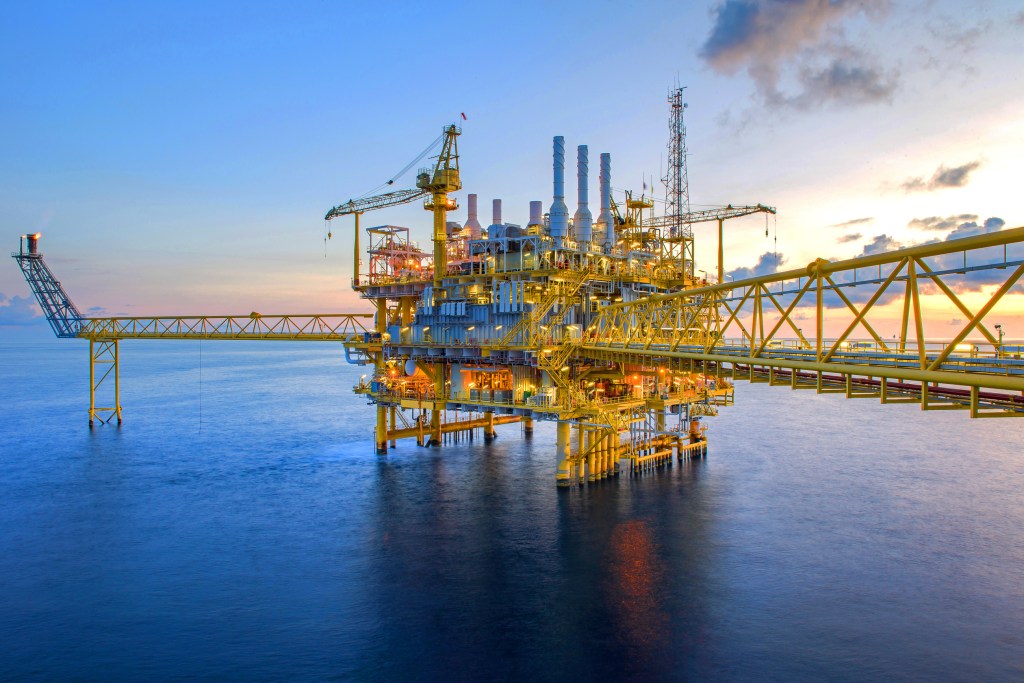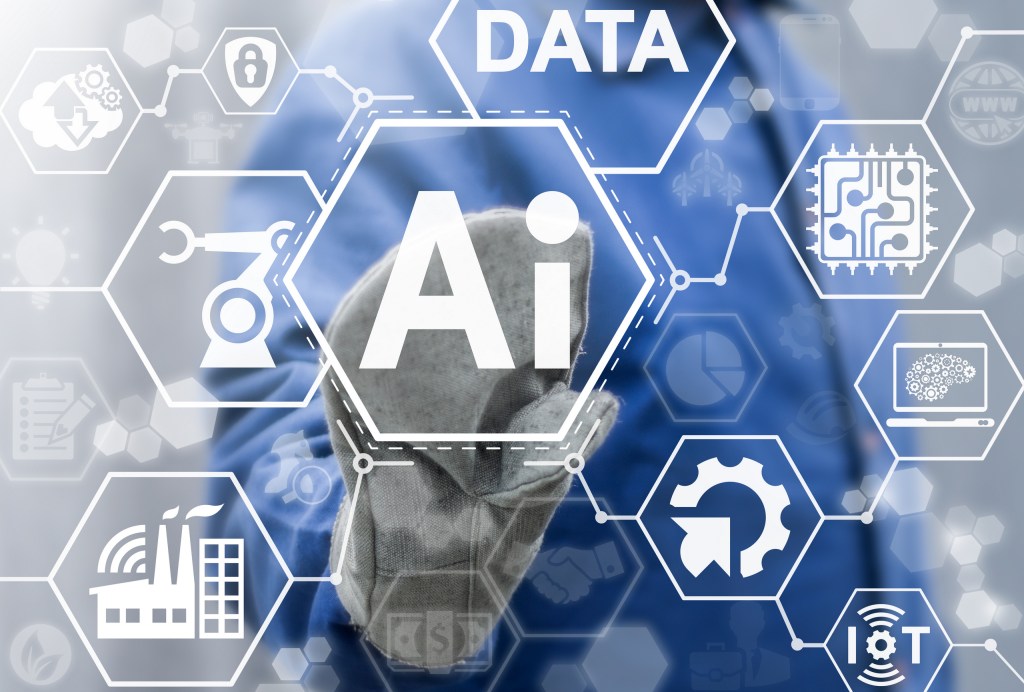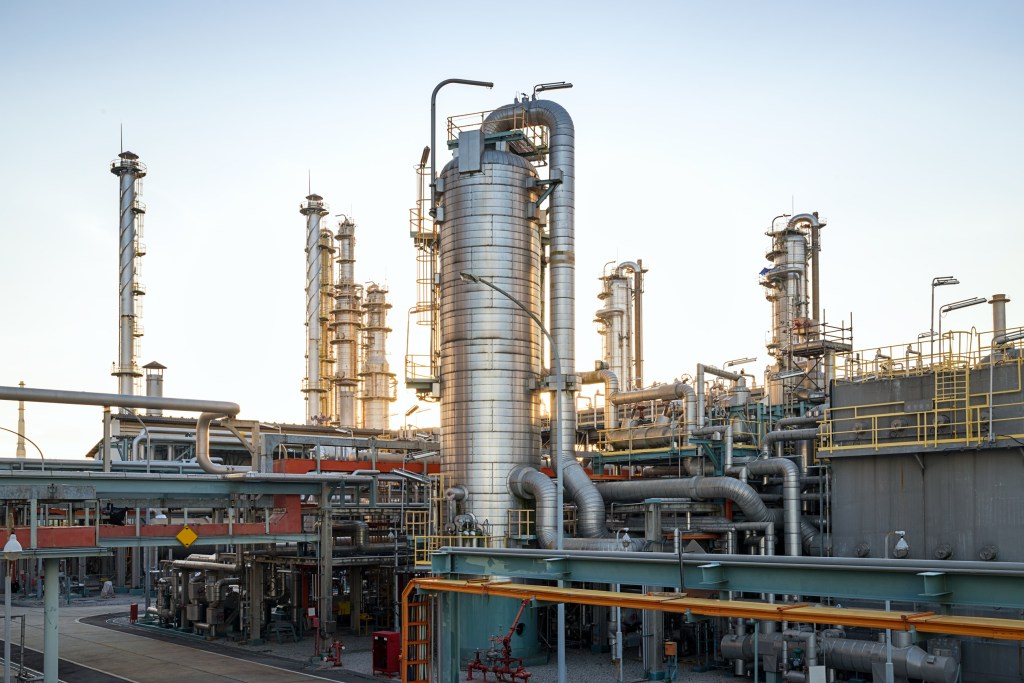Analytics and Modeling
Solutions for higher production plant efficiency and sustainability.
The best modeling approach
Enabling advanced levels of automation and optimization as part of your digital program heavily depends on selecting the appropriate modeling approach. Depending on the model purpose, the available data and the characteristics of the underlying process, rigorous, data-driven or hybrid modeling approaches can be selected.
We will at all times consider the simplicity, the effectiveness and maintainability of the various modeling approaches to come up with the best approach for a particular use case.
Download our whitepaper to read about how a Realtime Optimization application is generating benefits on top of an advanced process control application, by capturing the non-linearities of the process and determining the most optimal operating point.

Our services

Integrated Asset Modeling
Cost-effective integration of GAP, MBAL and PROSPER to maximize production across multiple assets.

Process Modeling
Turnkey models provide in-depth intelligence for improved analysis, troubleshooting, and operation

Machine Learning & Data Science
Data-driven models identify hidden patterns that can lead to increased quality and predictability.

Soft Sensing
End-to-end value
1
20%
reduction of CO2 emissions
2
10-40%
higher revenue due to optimized efficiency
Driving value with Analytics and Modeling
Better understand your process
Gain better insight into your plant operations by analyzing all historical and real-time data to identify handles for efficiency, throughput or quality.
Understand process interactions
Use thermo-hydraulic fluid models of reservoirs, wells and surface facilities, to simulate interactions between reservoirs, wells and topsides.
Maximize plant efficiency
Turnkey process models allow targeted simulations to gain in-depth intelligence for improved analysis, troubleshooting, and operational procedures to drive efficiency.
Infer process parameters
Develop virtual analyzers that give real-time estimates on process characteristics which are not measured directly with sensors or online analyzers.
Minimize energy use
Machine learning models use data science methods to identify hidden patterns, which can be used to design new procedures and controls systems leading to reduced energy use.

